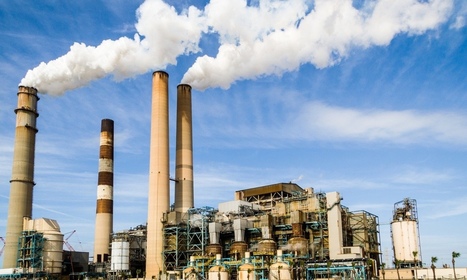Last week, we saw digital democracy in action — a record number of leading businesses called on members of Congress to create a climate-sensitive, resilient recovery. And they did it from the comfort of their homes.
More than 300 CEOs and representatives from Fortune 500 firms, and medium and small businesses, logged on for 85 virtual meetings to tell lawmakers on both sides of the aisle that the US must build back better from the ravages of COVID-19.
Via EcoVadis



 Your new post is loading...
Your new post is loading...









https://foreverkush.com/product/northern-lights-strain/
https://foreverkush.com/product/buy-pineapple-punch-online-2/
https://foreverkush.com/product/white-widow/
https://foreverkush.com/product/super-skunk/
https://foreverkush.com/product/buy-pre-rolls-online/
https://foreverkush.com/product/thca-diamonds/